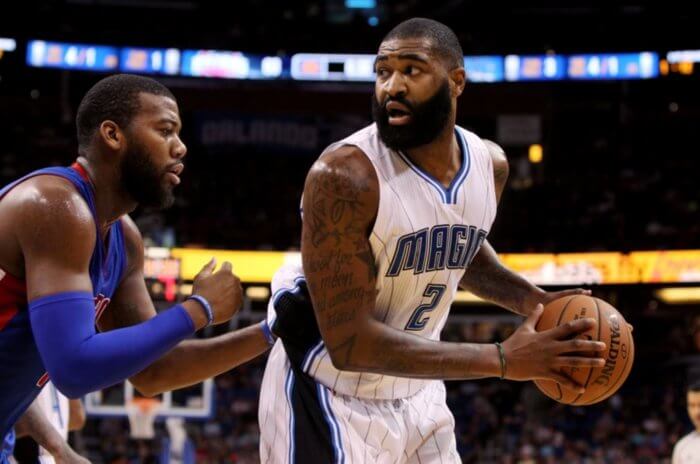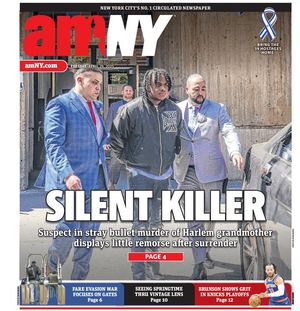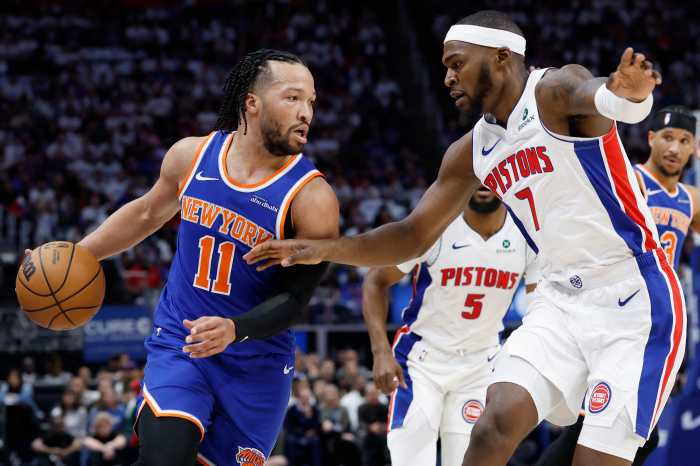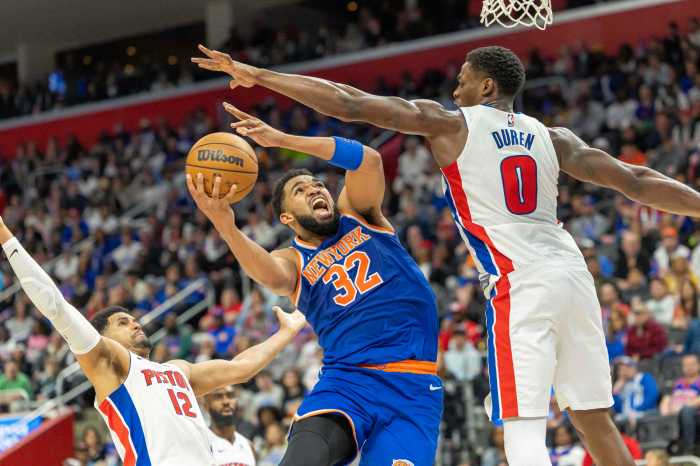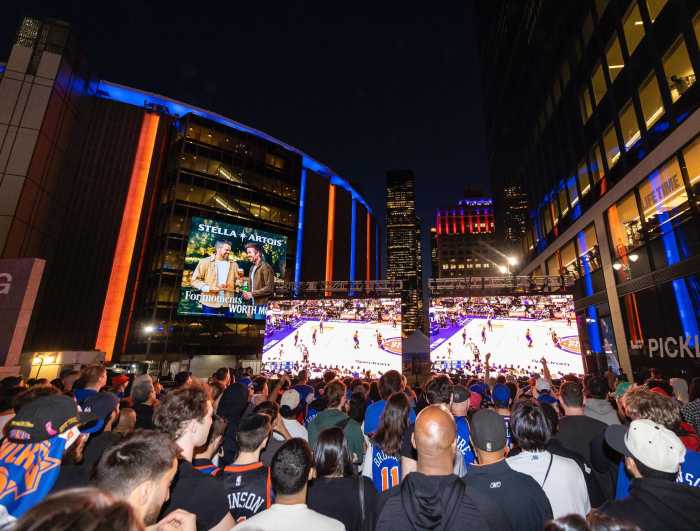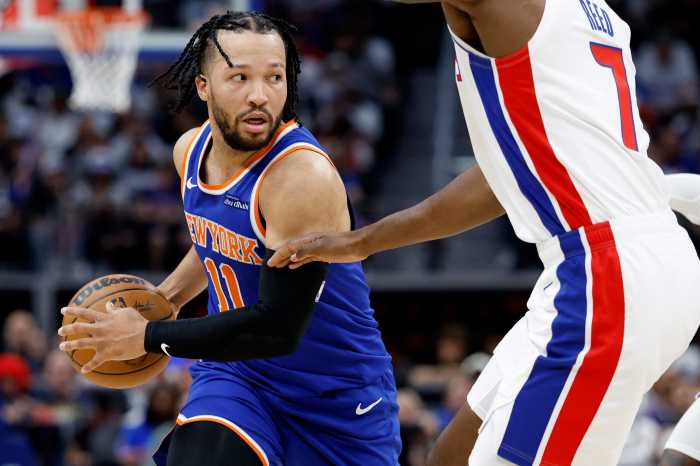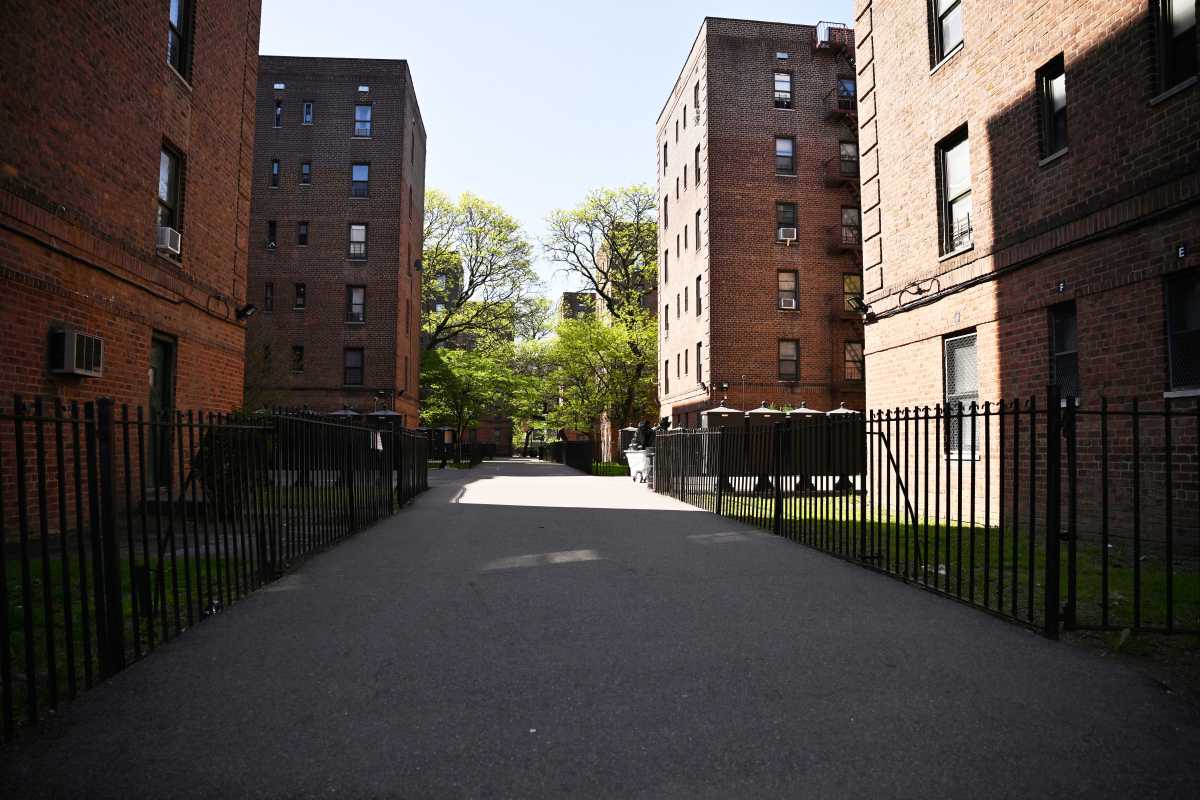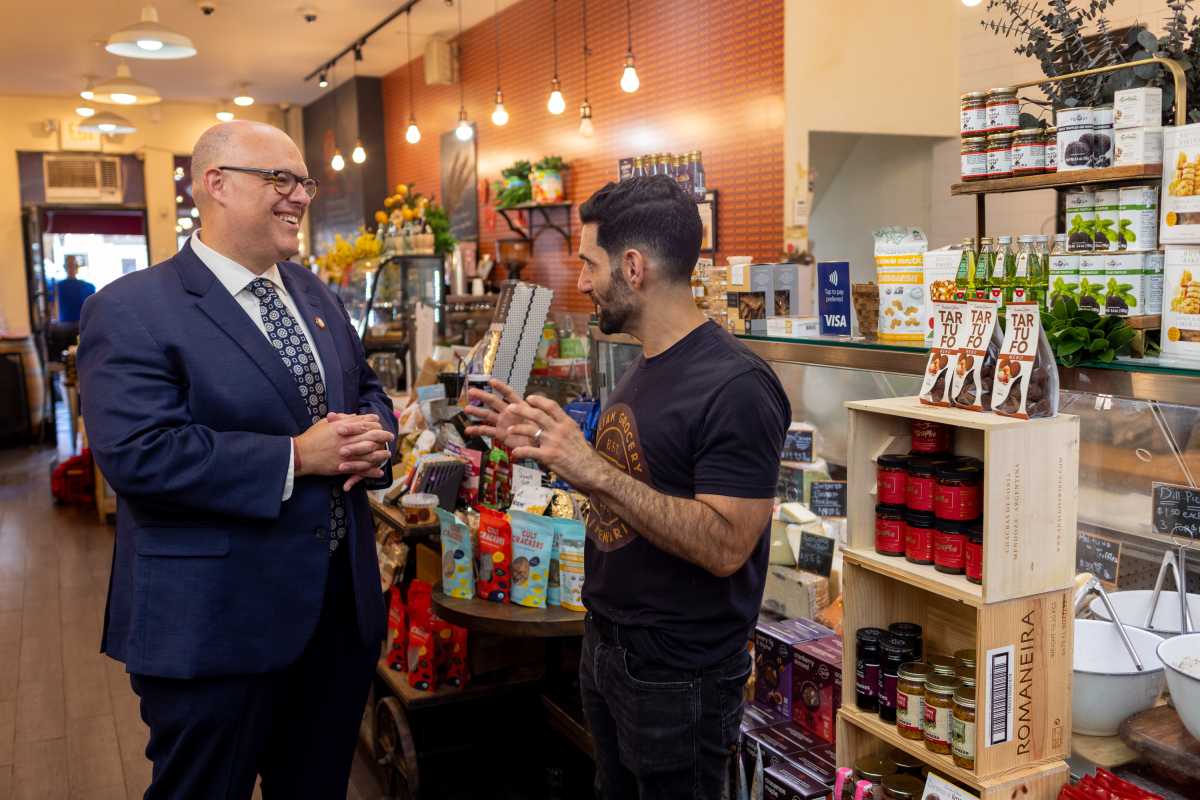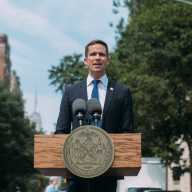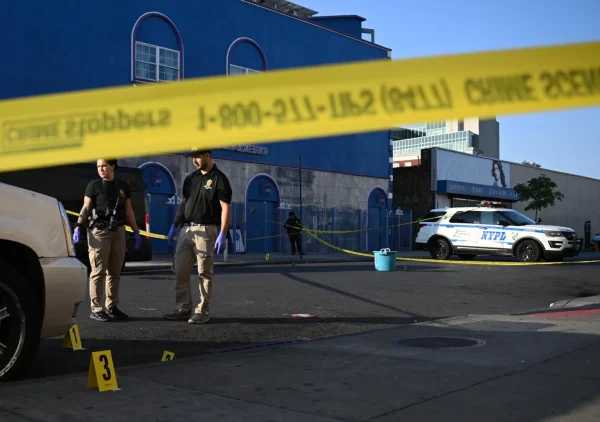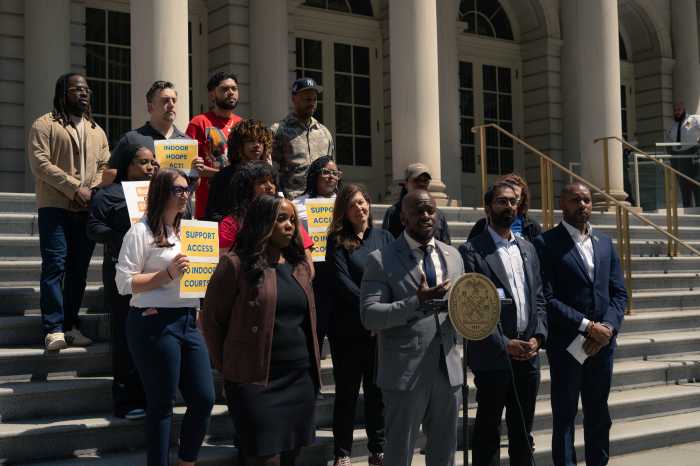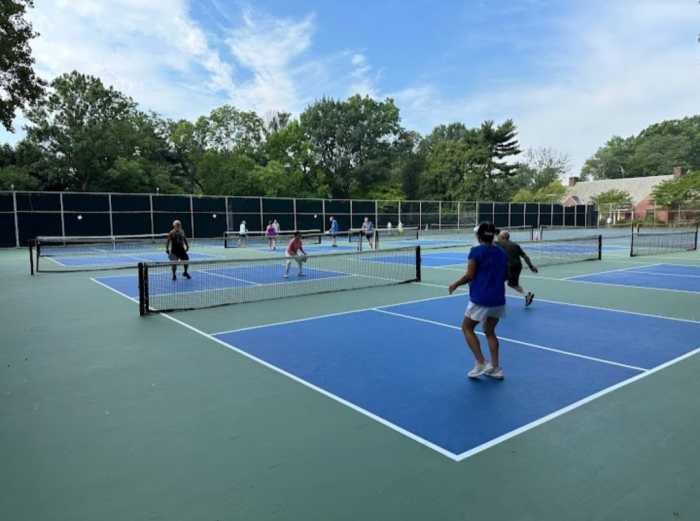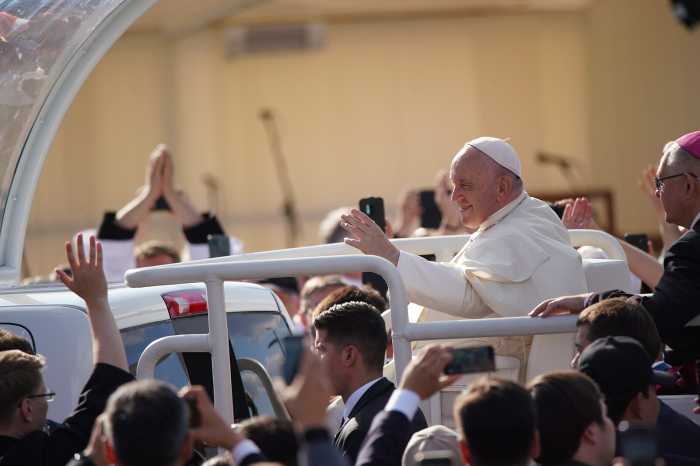A week after closing out the 2021-2022 season with the Golden State Warriors winning the NBA Finals, the league held the 2022 NBA Draft last night in Brooklyn.
During the event, the league welcomed 58 new players; however, despite an evening that changed the lives of these young players, something was noticeably missing in last night’s draft. For the sixth year in a row, none of the players that were drafted to the league came from a Historically Black College or University (HBCU).
Though this may not be a surprise to some, last night’s draft furthered the leagues contradicting message owhen it comes to supporting HBCUs.
As of right now the NBA currently has only one active player who played at an HBCU, LA Clippers forward Robert Covington, who played at Tennessee State. Covington, who was not selected in the 2013 NBA draft, played in the G league before having his first major break with the Philadelphia 76ers in 2014.
Since then, Covington has been a key member of the rotation for the 76ers, Minnesota Timberwolves, Houston Rockets, Portland Trailblazers, and Los Angeles Clippers. In his eight-year NBA career, Covington averages 11.6 points per game, 5.8 rebounds, 1.5 assists and 1.6 steals, proving to be a valuable and reliable member of numerous teams.
In a 2021 New York Times article, Covington’s basketball coach John Cooper spoke on how his HBCU experience helped him as a player: “I think one of the best things that ended up happening for rob at T.S.U. is that he was never pigeonholed,” Cooper said.
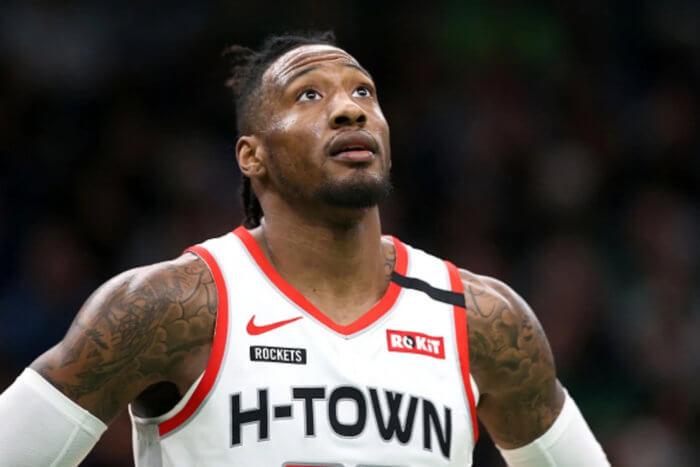
This level of freedom may be something that not a lot of players in Covington’s position would have access to, especially if they’re playing for a Big 10 school or a similar type of powerhouse. At HBCUs, there’s an extra level of care for the personal development of the student-athletes from teachers and staff. Partially because the competition is less cut-throat there are also more ways to develop as a player since coaches typically give more room to figure out your strengths and weaknesses without the immediate pressure and expectations that is present at major conference teams.
However, while the decision to attend a HBCU might have been beneficial for Covington personally, it likely had a negative influence on the league’s decision to draft him back in 2013. In fact, the last player to be selected in the NBA Draft out of a HBCU was the year before Covington when former Knicks forward Kyle O’Quinn was drafted in the second round (49th overall) by the Orlando Magic.
O’Quinn is one of only three HBCU players drafted in the NBA since the turn of the century with David Young (drafted 41st overall by Seattle in 2004) and Ronald Murray (drafted 42nd overall by Milwaukee in 2022) being the other two. Carlos Rogers of Tenneesse State was the last player from an HBCU drafted in the first round when he was taken by the Seattle Supersonics in 1994.
The New York Knicks have a couple of iconic stars who are HBCU amuni. Charles Oakley was drafted 9th overall out of Virginia Union in 1985, and Anthony Mason was drafted in the 3rd round (53rd overall) out of Tennessee State in 1988.
With the league currently openly discussing the importance of HBCUs and hosting HBCU night games during February, last night’s draft practically dissolves the efforts that they’re making. This has led some to feel as though the NBA’s push for more HBCU representation is largely performative.
Despite the league’s issue of drafting players from HBCUs, one star player is not only advocating for them but giving them a space to showcase their talent as well.
Although not coming from an HBCU, Phoenix Suns point guard Chris Paul held an HBCU basketball tip-off tournament. The tournament, which will be coming back for a second time this year, gives student-athletes from HBCU a place to showcase their talent while bringing HBCU basketball to the forefront of the national media attention.
Aside from holding a tournament, Paul was recently appointed to the HBCU board of advisors under the Biden administration. Working alongside Vice President Kamala Harris, who’s also a Howard alum, will help the advancement of HBCUs and get more people interested in attending HBCU games.
Though these efforts from Paul are making some impact, he’s just one person, and there’s still more work that needs to be done.
The league failing to draft any players from HBCUs while holding initiatives that promote HBCUs will continue to be a confusing mixed message for them. Until the league decides to acknowledge its shortcomings in the lack of HBCU talent on their courts, the NBA will continue to be criticized for contradicting itself.
For more NBA coverage like this HBCU NBA Draft article, visit amNY Sports
